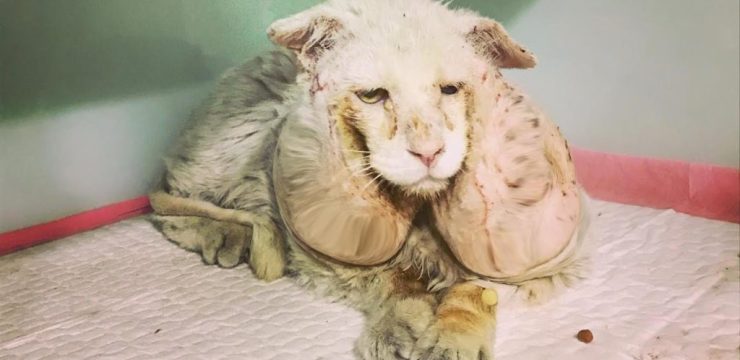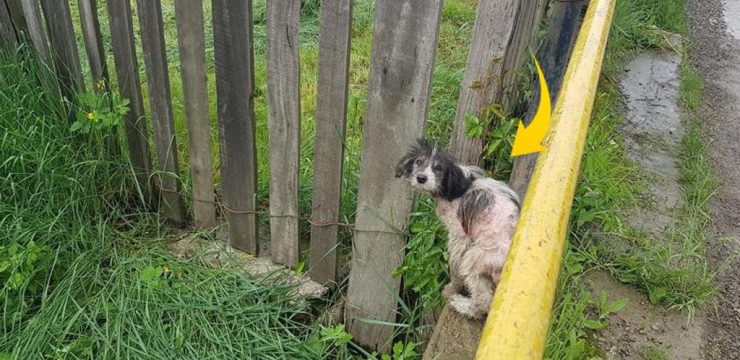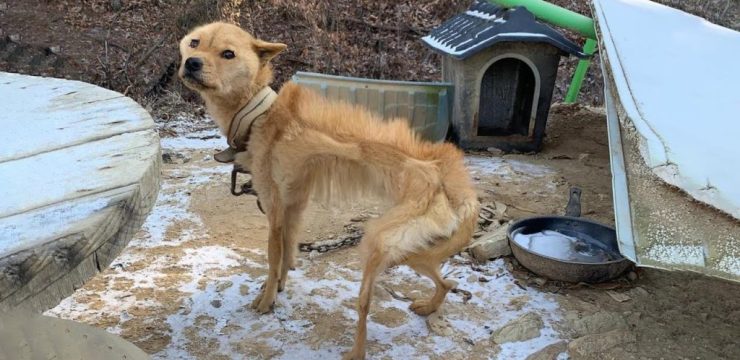It started like any other quiet evening in a small American neighborhood. The streets were still, the sky hung heavy with late summer air, and families were winding down for the night. But that calm would not last. Within hours, sirens pierced the silence and flashing lights illuminated the darkened homes. By dawn, a story of unbearable pain and moral conflict would spread across the nation — the story of two brothers, their little sister, and a secret that tore a family apart.

Neighbors later recalled hearing raised voices before everything went quiet. No one could have imagined the emotional storm brewing inside that house. When police finally entered, they discovered a scene that would haunt the community for years to come. A man was dead — their stepfather. And the two brothers, just 17 and 19 years old, were standing there waiting, silent and shaken. They didn’t try to run. They didn’t resist. They simply surrendered.
According to authorities, the brothers had recently learned something that no sibling should ever have to hear: their 9-year-old sister had been the victim of sexual abuse, and the man responsible was the person who shared their home. The discovery, police said, sent them into shock and disbelief. Overcome with anger and grief, they confronted their stepfather. What happened during those tense moments is still being pieced together, but by the time officers arrived, he was gone.
As the news broke, the case ignited fierce debate across social media. Many people rushed to defend the brothers, calling them “protectors,” “heroes,” and “symbols of real justice.” Comment sections filled with messages praising them for standing up for their sister, for doing what, in the eyes of many, the system had failed to do. Others argued that their actions, though tragic, were the product of an unbearable emotional burden — a human response to inhuman cruelty.
But not everyone saw it that way. Legal experts, ethicists, and victim advocates warned against celebrating vigilante actions, emphasizing that justice, no matter how flawed, must still come through lawful means. “When we glorify taking the law into our own hands,” one legal scholar said, “we risk eroding the very structure that keeps society together. What these young men did may feel morally understandable, but it opens a dangerous door.”
Still, beneath the layers of legality and moral theory lies something deeper — the failure of protection. The brothers’ tragedy has reignited national conversations about how institutions respond to child abuse. Every year, thousands of cases are reported in the United States, yet many victims continue to fall through the cracks. Sometimes reports are ignored, investigations delayed, or support systems underfunded. For families like this one, those failures can lead to unimaginable consequences.
Child welfare advocates argue that this case exposes not only an individual act of violence, but also a systemic breakdown. It shows what happens when children aren’t believed, when early warnings are missed, and when communities lack the resources to intervene in time. “We can’t just look at this as a crime scene,” one advocate said. “It’s a mirror reflecting what happens when society’s safety nets tear.”
As the case proceeds through the courts, prosecutors must grapple with the facts — but also with the emotions behind them. The brothers face serious charges, but their defense attorneys are expected to emphasize their psychological state: two teenagers, traumatized by the knowledge of what their sister endured, acting out of anguish rather than intent. Legal experts anticipate that the defense will highlight mitigating factors such as provocation, emotional distress, and trauma. These arguments won’t erase what happened, but they could shape how justice is ultimately served.
Public opinion remains sharply divided. Some believe that punishment, even in cases of deep personal pain, must follow the law. Others insist that compassion must play a role — that moral judgment isn’t always black and white. For many Americans, this case forces a painful question: what would any of us do if faced with a truth so unbearable, and a system so slow to protect the ones we love?
In recent years, high-profile cases of abuse have pushed the nation to examine how well it protects its most vulnerable. Schools, churches, and social services have all faced scrutiny for failing to act quickly enough. Yet despite reforms and awareness campaigns, tragedies like this one remind us that the human cost of systemic failure is still far too high. Behind statistics are real families — real children — whose cries for help often go unheard.
In the midst of the legal process, one detail continues to resonate: the brothers’ surrender. They didn’t flee, hide, or deny what had happened. In that moment, they seemed to accept responsibility for their actions, however tragic. Some see that as proof of remorse; others see it as the final act of two young men who had already lost everything.
For the little sister at the heart of this story, the road to healing will be long and complex. She is the unseen figure in a national debate about justice and mercy. While her brothers’ actions dominate headlines, her voice — like so many victims of abuse — risks being drowned out. Advocates urge that, beyond courtrooms and commentary, attention must remain on supporting her recovery and preventing future failures that leave children unprotected.
Ultimately, this story is not just about crime or punishment. It’s about love, pain, and the desperate search for justice when trust is broken. It challenges us to ask hard questions: How do we hold people accountable without losing sight of their humanity? How do we protect the innocent before tragedy strikes? And what happens when the systems we rely on simply don’t work?
As the trial approaches, the nation waits — not just for a verdict, but for a reckoning. These two brothers stand accused of a crime that, in another context, many would see as an act of protection. Their story has no simple heroes or villains, only victims of circumstance and systemic failure.
What began as a quiet night in a suburban home has become a national reflection on justice, morality, and the limits of human endurance. And while the courtroom will decide the legal outcome, the moral questions will linger far longer. When justice is delayed and protection denied, the results can be devastating — not just for one family, but for all of us.





